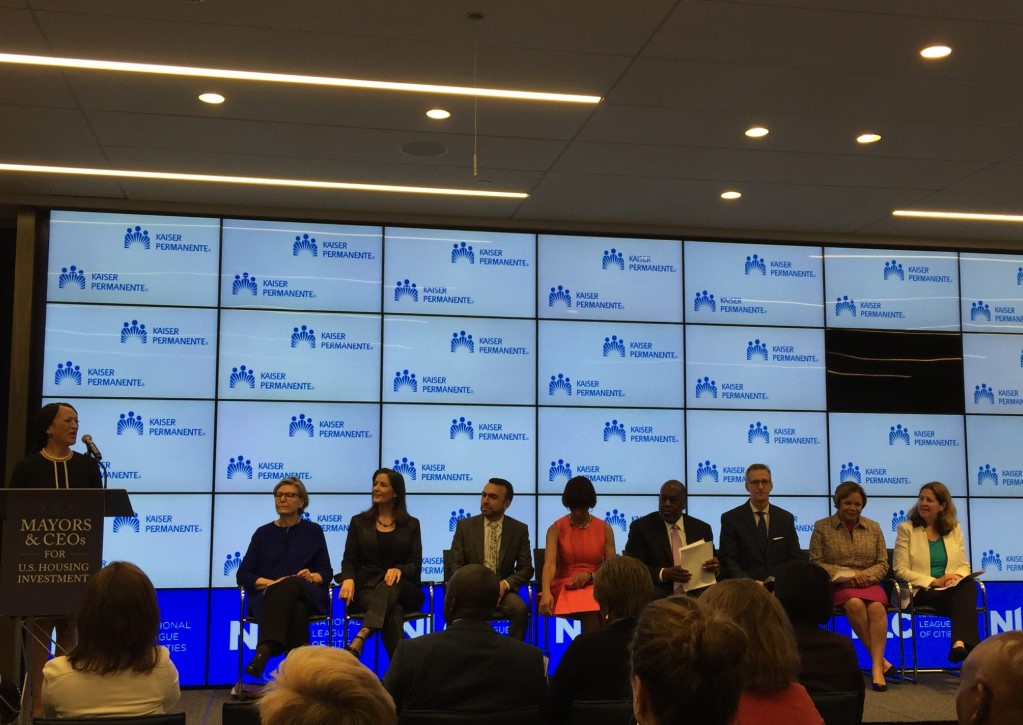
A new report from Oakland-based non-profit ZeroDivide reveals three ways in which low income women of color use digital technology to access health care for themselves and their families, as well as how they would like to use it in the future.
To determine the current use and usability of consumer-facing electronic health tools (“eHealth”) by low-income communities and communities of color, and to identify opportunities to improve the use of eHealth to address persistent health disparities in these target communities, ZeroDivide held six focus groups with over 60 diverse women in four American cities during June 2014.
In spite of a revolution in new health technologies, advancements that economically and socially privileged populations enjoy, however, have in many instances eluded underserved populations and underserved women in particular.
Through these discussions, participants shared their perceived value of eHealth tools, as well as challenges they face to eHealth adoption.
“The translation of health on the websites are atrocious, they are terrible,” one participant said. Another remarked, “You have to go through so many phases just to get to where you’re trying to go, and it’s like, I have to remember this too? My Mom ends up being more confused.”
The report offers three policy recommendations.
- Improve the digital and eHealth literacy of underserved consumers and safety net providers and outreach to these populations;
- Support eHealth tools for underserved populations that feature user-centered design and design that enhances communication with providers; and
- Support technology capacity building for safety net providers to strengthen the eHealth equity infrastructure.
Read the full report here.




